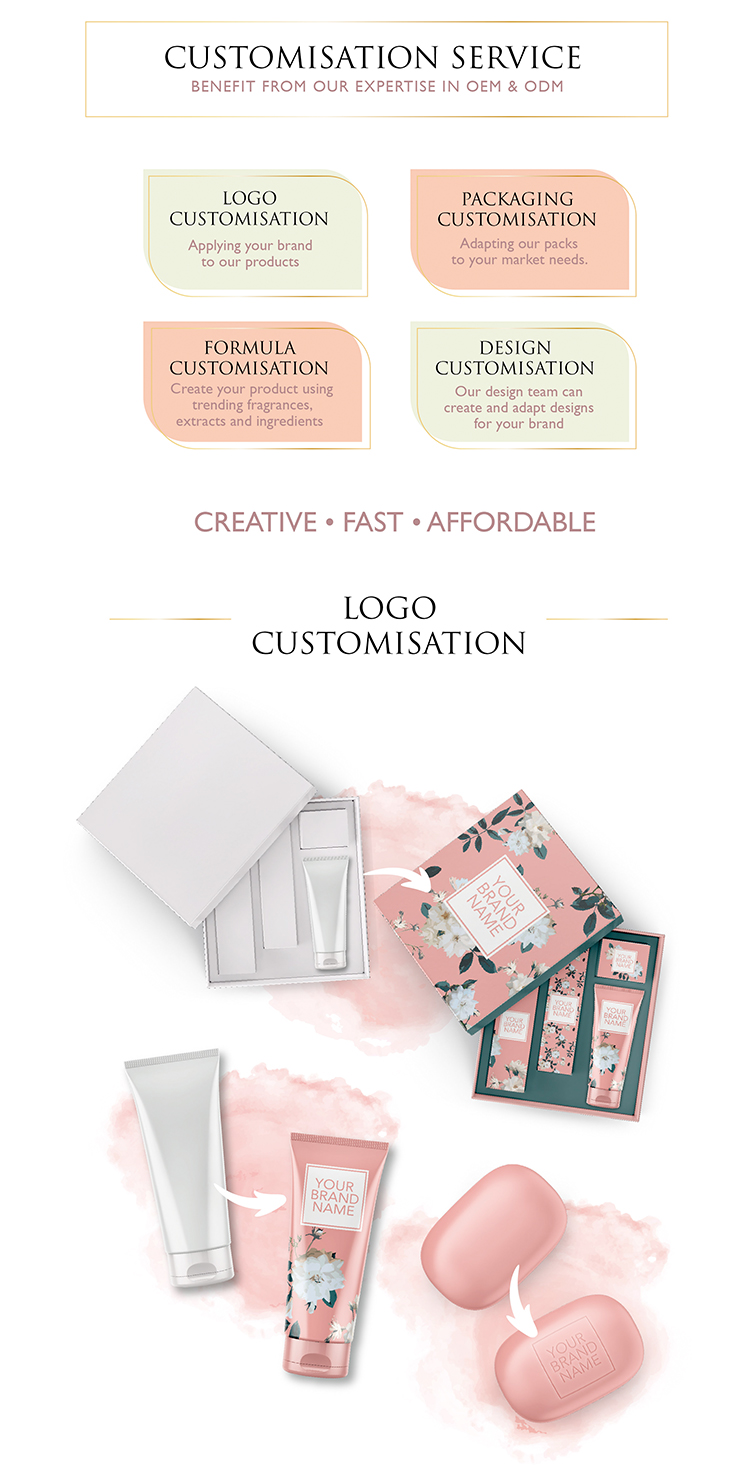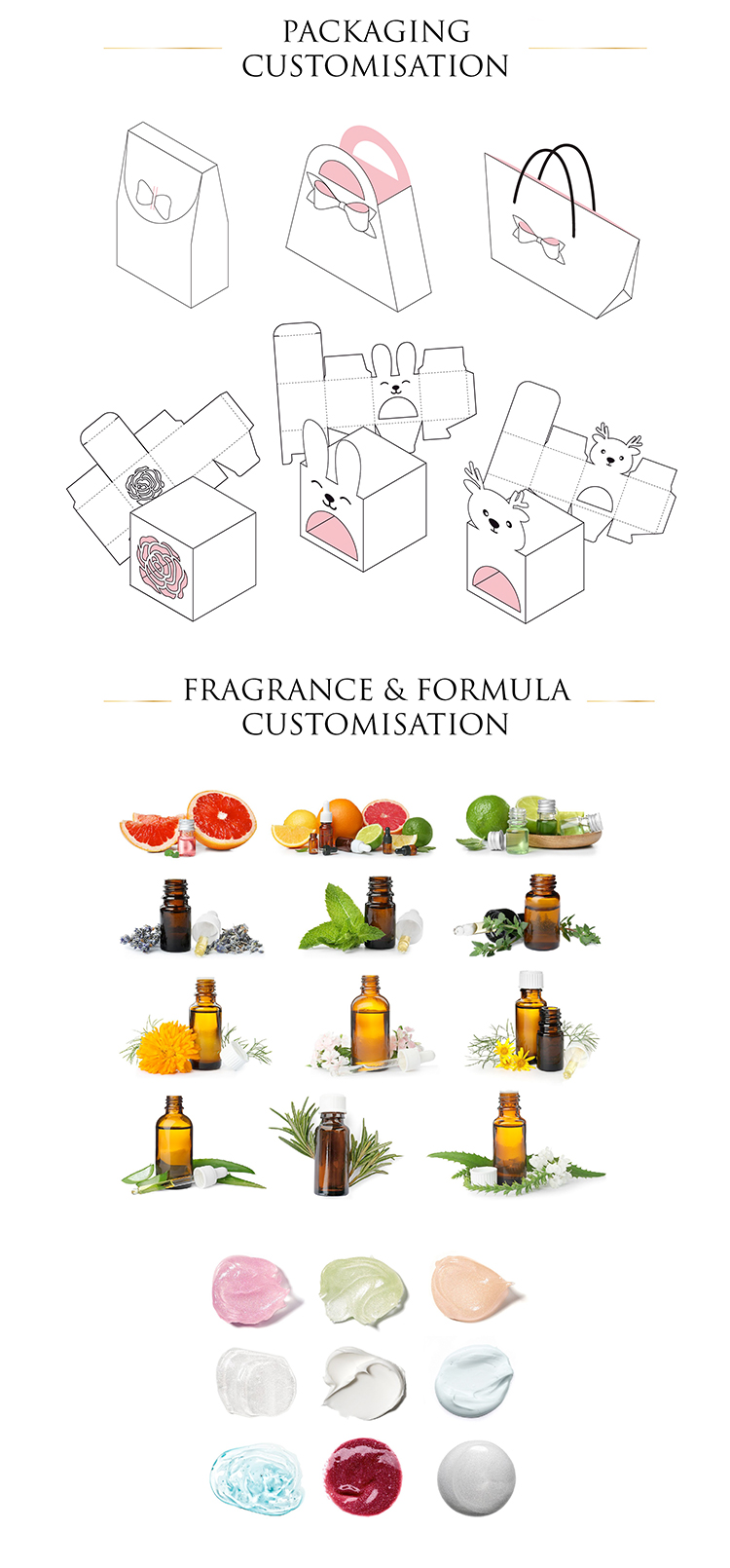Features of bar soap include:
- Solid Form: Bar soap is a solid, compact form of soap that can be easily held in the hand.
- Cleansing Agent: Its primary purpose is to clean and wash various surfaces, such as hands, face, and body.
- Lathering: When rubbed with water or applied to wet skin, bar soap produces a lather that helps distribute the soap and create a cleansing foam.
- Variety of Formulations: There are different types of bar soaps designed for various purposes, including hand soap, body soap, facial soap, and specialty soaps for specific skin types or conditions.
Please note that the specific features and characteristics of bar soaps can vary depending on the brand, formulation, and intended use.These features collectively make bar soap a versatile and cost-effective choice for personal hygiene and cleaning purposes.
Bar soap offer several advantages, including:
- Cleansing Efficacy: Bar soap is highly effective at cleaning and removing dirt, oil, and impurities from the skin. It provides a thorough and satisfying cleansing experience.
- Longevity: Bar soaps are known for their durability and can last a long time, often outlasting liquid soaps. This can make them a cost-effective choice over time.
- Economical: Bar soap is typically more economical on a per-use basis than liquid soap. A single bar can provide numerous washes.
- Versatility: Bar soap can be used for various cleaning purposes, including body cleansing, handwashing, shaving, and, in some cases, even as a shampoo. This versatility reduces the need for multiple products.
It’s worth noting that the specific advantages of bar soap can vary depending on the brand, formulation, and individual preferences. While bar soap offers many benefits, some individuals may still prefer liquid soap for its convenience and ease of use.
Customizable aspects of bar soap include:
- Ingredients: The choice of fats or oils used in the soap-making process can be customized. For example, olive oil, coconut oil, shea butter, or cocoa butter can be used to create different textures and properties in the soap.
- Fragrance: Bar soaps can be scented with a wide range of fragrances, including essential oils, synthetic fragrances, or a combination of both. Customizing the fragrance allows users to select their preferred scent.
- Color: The color of bar soap can be customized by adding natural colorants like herbs, spices, or clays. Synthetic colorants can also be used for a broader color palette.
- Size and Shape: The size and shape of bar soaps can vary widely, from standard rectangular bars to creatively shaped or molded bars.
- Multi-Functionality: Some bar soaps are designed to serve multiple purposes, such as combining soap with a shampoo or conditioner in one bar.
- Custom Branding: For businesses or individuals interested in creating their own soap brand, customization can extend to branding, labeling, and packaging to reflect their unique identity.
Customization allows soap manufacturers and artisans to cater to specific market segments and provide a more personalized and tailored soap experience for consumers.
There are several packaging solutions available for bar soap, including:
- Paper Wrappers: This is one of the most common and eco-friendly packaging options for bar soap. The soap is wrapped in paper, which can be customized with branding, information, or decorative designs. It is biodegradable and recyclable.
- Cardboard Boxes: Bar soaps can be packaged in cardboard boxes, providing additional protection and a more upscale appearance. These boxes can also be customized with various designs, colors, and branding.
- Plastic Wrappers: Some bar soaps come in plastic wrappers, which offer moisture protection and can be transparent to display the soap’s color and texture. However, plastic packaging is less environmentally friendly compared to paper or cardboard.
- Glass Jars or Bottles: For premium or artisanal bar soaps, glass jars or bottles with seals or screw caps can be used for packaging. These are often used for specialty or high-end products.
- Fabric Pouches or Bags: Some bar soaps are sold in fabric pouches or bags. These can serve as both packaging and a way to store and use the soap, making them a dual-purpose option.
- Custom Labels and Stickers: Even with traditional paper or cardboard packaging, custom labels and stickers can be added to provide branding, product information, and decorative elements.
The choice of packaging depends on factors such as the brand’s identity, the target market, the soap’s ingredients, and environmental considerations. Many soap manufacturers are increasingly opting for sustainable and eco-friendly packaging options to align with consumer preferences for environmentally responsible products.

















